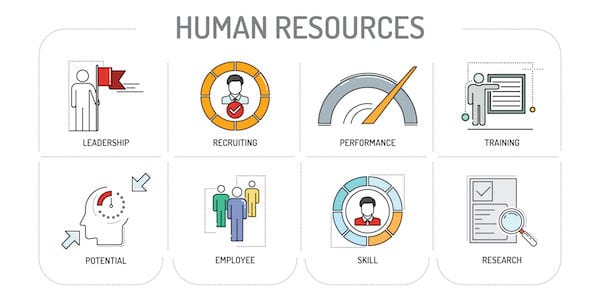HR innovation is an HR management activity/ practice/ programme/ system adopted by a firm that is new and value-creating to the adopting firm.
These innovations can take place in one or more HR fields or practices, such as training, career management or compensation & benefits and the authors also highlight that the degree of HR innovation differs based on the degree of newness, the extent of change, number of employees affected, and nature of its outcomes. If you want to know more about innovation in HR refer to https://hrresourceguide.com/innovation/.

Image Source: Google
After having defined HR innovation and having explained why it is important in previous posts, we are going to concentrate today on how HR innovation actually works.
The HR innovation cycle explains how exactly successful HR innovations and developed in organizations. This cycle is composed of 3 phases:
1.Learning and Opportunity
a) External and internal learning: HR professionals analyze and learn from the internal and external environment of their organization. More concretely, they acquire knowledge and inspiration from/with external actors (eg. competitors, partners, clients) as well as internal stakeholders (eg. HR colleagues, managers, experts).
b) Opportunities identification: This learning and inspiration is then used to identify opportunities for HR innovation, that is, improvements or needs in the organization for which HR innovation can be a source of competitive advantage. On top of the internal and external sources mentioned, opportunities can also come from new strategic orientations of the organization of course.
2. Solutions
a) HR innovation design: Once the opportunities have been identified, HR professionals need to come up with the concrete HR innovation(s) adding value to organizations. To do so, it can be useful to use innovative techniques such as design thinking, which boost collective intelligence and creativity.
b) HR innovation implementation: Once the HR innovation “ideation” and design are ready, it is critical that HR professionals ensure its right development and implementation to transform this idea into a successful reality. Both in the design and the implementation phases, HR professionals need to partner and co-create with line managers to make sure they get both the input and the buy-in from the business.
3. Benefits
a) Added value & HR recognition: By proposing HR innovations that add value to organizations, HR credibility is strongly reinforced in the eyes of management and top management. This confirms their confidence in and recognition towards HR professionals.
c) Top Management support: HR recognition is then translated into concrete top management endorsement to support and finance future added-value HR initiatives and innovations.
This top management support opens new perspectives to keep looking for new learning and opportunities in the organization, and the HR innovation cycle starts again and again